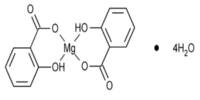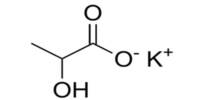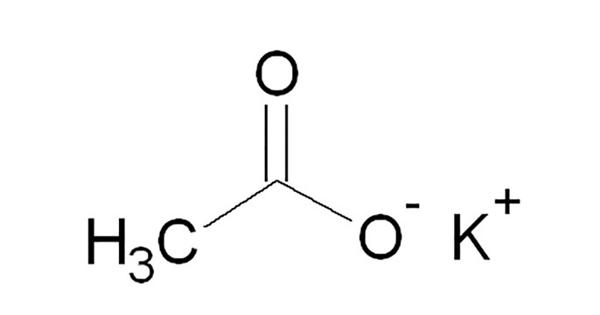Dinotoxins are a class of poisons produced by flagellated, aquatic, unicellular protists known as dinoflagellates. Hardy and Wallace created the term “dinoflagellate toxins” in 2012 to describe a wide range of toxins produced by these organisms. Dinoflagellates are a large and diverse group of marine life. With enormous diversity comes a variety of poisons; yet, there are a few toxins (or derivatives) that are shared by several species.
Dinoflagellates typically produce a low rate of toxins, hence their poisons are ineffective at low quantities. However, at high doses, these poisons are extremely toxic. They are capable of poisoning various species of marine life such as many fish and shellfish, and affecting the nervous system of any wildlife or humans that consume the infected marine life or drink the contaminated water.
Common toxins
Below are three of the most prevalent dinotoxins, which are produced by a wide range of dinoflagellates. Dinoflagellates are thought to create around a few hundred distinct poisons.
- Saxitoxins and Gonyautoxins are neurotoxins that can cause paralysis in shellfish.
- Saxitoxin B1 has a deadly concentration ranging from 86 to 788 micrograms per kilogram of body weight, while Gonyautoxins C1 and C2 have lethal doses of 411 micrograms per kilogram of body weight.
- Yessotoxins (YTXs) are very effective cytotoxins composed of disulfated polyether molecules. This toxin impairs the tumor-suppressive actions of the E-cadherin-catenin system in epithelial cells.
Function
Dinotoxins are created for one of two intentional reasons: to aid in predation or to defend against predation. Toxins can also be created unintentionally by metabolic processes that occur within the organism.
Dinoflagellates can produce massive dinotoxin concentrations under bloom conditions, sometimes known as red tides or hazardous algal blooms, resulting in enormous fish die-offs and shellfish contamination. This contamination of shellfish causes a number of severe human ailments. These ailments include paralytic shellfish poisoning, diarrheal shellfish poisoning, neurotoxic shellfish poisoning, and ciguatera fish poisoning.
Dinotoxins are impacting not only the marine ecosystem but the economy as well. The economic impact is increasing compared to past years, due to the increase in seafood consumption, and coastal tourism.
Applications
Dinotoxins are highly valuable poisons in a variety of domains, including chemical research, toxicology, and biomedicine. Scientists are becoming increasingly interested in these toxins as the seafood sector grows in value. Dinotoxins research enables scientists to develop toxin tests that may be used to test fish and seafood for safe levels of toxicity before ingestion.
Antibodies can also be created against dinotoxins, which can be useful in potentially dangerous outbreaks or field scenarios. Some dinotoxins are useful for pain relief. These toxins may have therapeutic effects in addition to their various medical applications, such as antiviral, antibacterial, and antioxidant properties. Dinotoxins can also be used to combat free radicals, reduce inflammation, and destroy tumors. They have anticoagulant, biolubricant, and anti-adhesive properties that inhibit harmful bacteria from adhering to cell membranes.
















